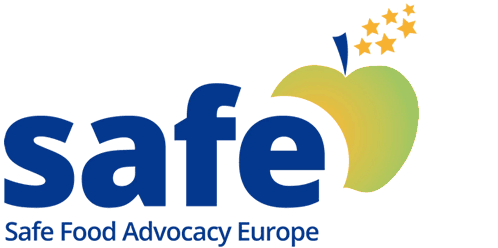New French study on heavy metal exposure in adults and children
07 July 2021
On July 1st, 2021 an epidemiological study on heavy metal impregnation in adults and children was released by the French National Public Health Agency. The study – the first of its kind to measure exposure levels in children aged 6 to 17- has shown that almost 100% of both population groups were continually exposed to 27 heavy metals, among which arsenic, cadmium, chromium, copper and mercury.
The document reiterates the carcinogenic and neurotoxic potential of such metals, as well as their proven link with the occurrence of bone, kidney or cardiovascular diseases.
The study was carried on over 1100 children and 2500 adults by taking biological samples (urine, blood, hair) and surveying their living and eating habits. Aside from showing that between 97 and 100% of children and adults were exposed to these metals, the survey makes the worrying observation that arsenic and mercury levels in adults have increased since the last study carried out in 2006-2007.
Exposure levels have been individually linked to different causes. For instance, fish consumption was associated with an increased exposure to arsenic, cadmium, chromium and mercury, while consumption of cereals and vegetables sourced from organic farming is linked with increased copper impregnation. Tobacco and certain medical devices such as implants or dental fillings were also linked to higher copper or mercury exposure rates.
Some heavy metal impregnation levels are directed linked to farming practices and pesticide use. For instance, cadmium is a metal naturally present in phosphate rocks, which are used to manufacture phosphate fertilisers. On the other hand, copper is recurrently used as a fungicide as part of the “bouillie bordelaise” technique (i.e. the “Bordeaux mixture“, an anti-fungal processed with lime). On the latter, while several stakeholders are calling for a copper ban with regard to its environmental impact, the metal is still tolerated by European Commission, who only recently lowered the allowed annual dose from 6 kg to 4 kg per hectare.
The study concludes that there is an urgent need for sustained biomonitoring studies and for adopting measures aimed at identifying and acting on exposure sources in order to reduce impregnation risks.
Concurrently, the survey also makes recommendations to the general public in order to lower exposure chances. For instance, it suggests that consumption of fish and seafood be limited to twice a week given impregnation risks, all-the-while recalling the importance of maintaining balanced dietary habits.



